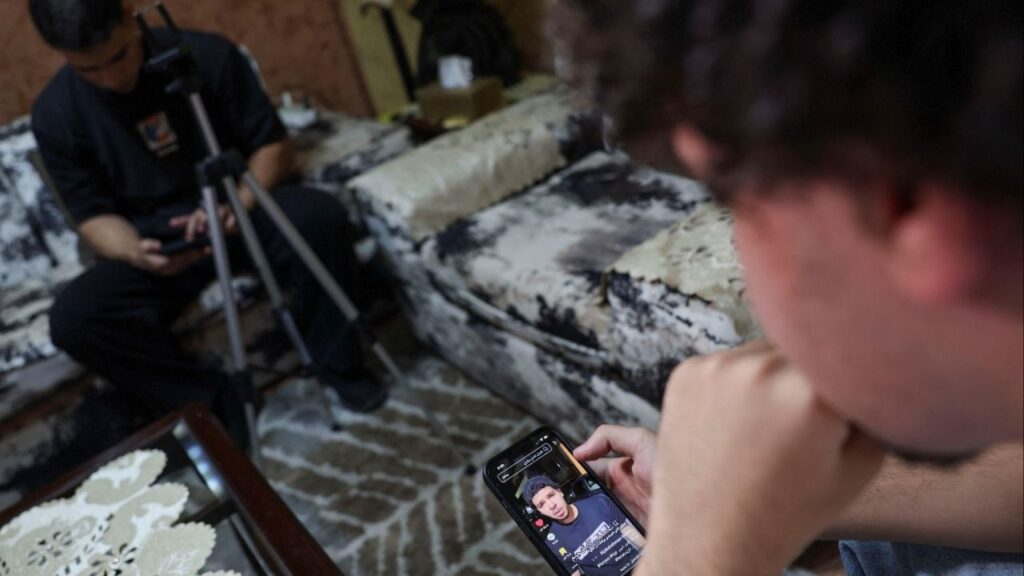What School Could Be If It Were Designed for Kids With Autism
Share
[aggregation-styles]
The Atlantic
The Atlantic
A charming, bright 5-year-old stands out in his classroom at Maurice Wollin elementary school, on Staten Island, as an extremely social, kind, and curious child. He remembers more about his peers—names, significant events, likes and dislikes—than almost any other kindergartner at his school does.
But despite his genuine interest in his classmates and their well-being, he often struggles with interpreting their feelings and intentions—he has been diagnosed with autism spectrum disorder (ASD). (This 5-year-old and the other students mentioned in this article have been granted anonymity to protect their privacy.) One morning last month, in the middle of a math lesson, a soft-spoken classmate accidentally bumped into his shoulder, and quickly apologized with a big, friendly smile. But the sociable child concluded that his classmate was being mean, and punched him in the shoulder, then dropped to the floor, crying, his arms flailing and his voice growing louder.
In many classrooms, a teacher’s aide might have pulled him aside, attempted to help him calm down, and encouraged him to be quiet. If he didn’t comply, and continued to disrupt other students’ learning, he might have been sent to a counselor’s office or the principal’s office, or have been sent home for the day. (Across the nation, students with disabilities are suspended at twice the rate of students without them.)
Read More →
But despite his genuine interest in his classmates and their well-being, he often struggles with interpreting their feelings and intentions—he has been diagnosed with autism spectrum disorder (ASD). (This 5-year-old and the other students mentioned in this article have been granted anonymity to protect their privacy.) One morning last month, in the middle of a math lesson, a soft-spoken classmate accidentally bumped into his shoulder, and quickly apologized with a big, friendly smile. But the sociable child concluded that his classmate was being mean, and punched him in the shoulder, then dropped to the floor, crying, his arms flailing and his voice growing louder.
In many classrooms, a teacher’s aide might have pulled him aside, attempted to help him calm down, and encouraged him to be quiet. If he didn’t comply, and continued to disrupt other students’ learning, he might have been sent to a counselor’s office or the principal’s office, or have been sent home for the day. (Across the nation, students with disabilities are suspended at twice the rate of students without them.)
Read More →
By Kristina Rizga | 30 Dec 2019
RELATED TOPICS:
Trump Says He Will Order Voter ID Requirement for Every Vote
Politics /
17 hours ago
Greta Thunberg Joins Flotilla Heading for Gaza With Aid
World /
17 hours ago
Chicago Mayor Says Police Will Not Aid Federal Troops or Agents
U.S. /
17 hours ago
Post-War Gaza Plan Sees Relocation of Population, ‘Digital Token’ for Palestinian Land: Washington Post
World /
17 hours ago
Labor Day Quiz: Do You Know What a Knocker-Upper Is?
Opinion /
18 hours ago
Judge Blocks Pillar of Trump’s Mass Deportation Campaign
Latest /
2 days ago
Visalia Driver Arrested for DUI After Multiple Crashes and Pedestrian Injured
Crime /
2 days ago
Fresno County Garnet Fire Grows to 18,748 Acres in Sierra National Forest
A lightning-sparked wildfire, the Garnet Fire, in the Sierra National Forest has burned 18,748 acres in Fresno County and remains at 8% cont...
Local /
17 hours ago
Categories
Latest
Videos

Local /
17 hours ago
Fresno County Garnet Fire Grows to 18,748 Acres in Sierra National Forest

World /
17 hours ago
Israel Pounds Gaza City Suburbs, Netanyahu to Convene Security Cabinet

Politics /
17 hours ago
Trump Says He Will Order Voter ID Requirement for Every Vote

World /
17 hours ago
Greta Thunberg Joins Flotilla Heading for Gaza With Aid

U.S. /
17 hours ago
Chicago Mayor Says Police Will Not Aid Federal Troops or Agents

World /
17 hours ago
Post-War Gaza Plan Sees Relocation of Population, ‘Digital Token’ for Palestinian Land: Washington Post

Video /
2 days ago










